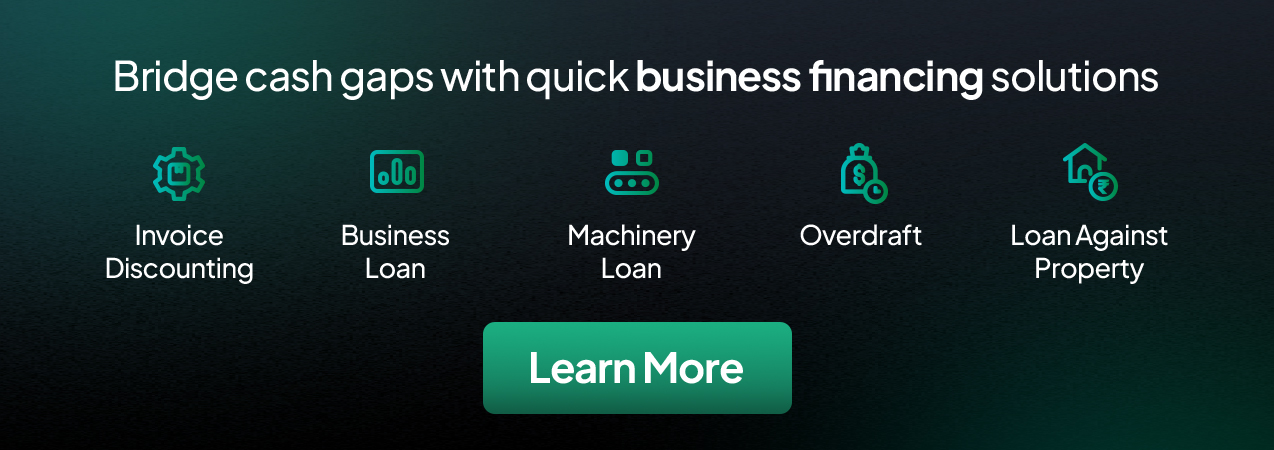9 Types of Crates: Their Properties, Benefits, and Applications

The success of a shipment depends on packaging quality. And when it comes to packaging products for transportation, crates become part of the process. Among the different types of crates, choosing the right one to transfer goods means saving costs and ensuring product safety.
But how do you pick the right crate for the job? Let’s find out.
Plastic, Wooden, and Metal Crates
Crates can be broadly classified into three categories based on the materials used. Plastic crates are the most common, followed by wooden, and then metal. Each type of crate presents its own benefits owing to its properties and construction.
Plastic Crates

Type - Foldable, Standard, Nestable Stackable, Crates with lids, Bottle Crates
Properties -
- Easily customizable
- Quality of crate can be decided
- Usually made from High-Density Polyethylene to ensure strength and reusability
Applications -
- Storage and transportation
- Organizing products in an assembly or production line
Industries - All, but most commonly used in: eCommerce, Auto Ancillary, FMCG, Retail, Pharma, Logistics, Consumer Durables
Advantages - Lightweight, assembly line compatibility, reusable, recyclable, cost-effective
Disadvantages - Weight-limit, not suitable for rough handling
Wooden Crates

Type - Open crates, Sheeted or closed crates
Properties -
- Chemical and moisture resistant- Made of plywood or lumber
- Sheets allow tolerance to temperature changes
Applications -
- Working with wet or chemical products
- For weather-proof protection- Shipping and transportation of food items
Industries - Agriculture
Advantages - Sturdy, customizable, stackable, reusable, eco-friendly, corrosion-free
Disadvantages - Low resistance to high temperatures
Metal Crates

Type - Metal container, Cage
Properties -
- Can have cleats for increased sturdiness- Made of steel or aluminium
- Strong, sturdy
- Protection from weather and tampering
Applications -
- Handling delicate items like glassware, crockery, art and furniture pieces, etc.
- Stacking and storing products in an environment that's subjected to temperature variations or extreme temperatures
- Shipping and storage of sensitive material
- Transportation of pets
Industries - Wide-range of industries but frequently in: Food, Hardware, Glassware.
Limited use in certain industries such as: Pet, Logistics and Supply Chain
Advantages - Extremely robust, reusable, recyclable, weather-resistant
Disadvantages - Susceptible to moisture, Rigid, difficult to customize, expensive

Different Types of Crates by Design and Application
Crates used in shipping often have a simple cuboid design. However, based on different factors— such as the contents to be transported, the destination and transit method, handling hazards, cost, and storage— different designs come into play. Let’s take a look at the popular types of crates used in the market today.
#1 — Foldable Plastic Crates

Best suited when:
- You’re looking to save space since the crates fold into a sheet when not in use
- You can benefit from a lightweight packaging option and save cost
- You want to be able to stack crates easily (folded or unfolded)
- You’ve got low weight items to pack and transport
- You want an easy option for delivery from the warehouse to retail stores when orders are raised
#2 — Plastic Standard Crates

Ideally suited for:
- Transportation needs across all industries (especially FMCG, Pharma, Retail, Logistics)
- Lightweight, chemical and moisture resistant packaging needs
- Customization based on colour, partitions, rivets, fabrication, printing, embossing
- Storing and shipping of all goods
#3 — Nestable or Stackable Plastic Crates

When to use:
- If you need efficient storage or warehouse space utilization since these crates can be stacked when not in use
- You’re part of the fisheries, agriculture, or textile industry
- If you need an option to attach or detach the lid
- When you need a lightweight option to store and ship goods

{{blog-form}}
Watch shipping crates in action that'll save your business space and money!
#4 — Bottle Crates

Best suited:
- To transport bottles or beverage containers with ease
- As a secure crating solution that prevents damage to bottles and their contents during transit, loading, stacking, or storage
- As a reusable, long-lasting transportation solution for bottles
- If you’re a part of the beverage or food industry
#5 — Open Wooden Crates

Most used when:
- You need a lightweight, stackable, inexpensive packaging solution
- You’re looking to transport items like cotton, hay, polythene, etc, or large yet lightweight items
- You’re part of the agriculture, food industry
- You don’t need to ship via air (since the International Air Transport Association doesn’t allow open crates)
#6 — Wooden Sheated Crates

Best suited:
- When you need complete enclosure during overseas shipment
- To ensure protection from air, wind, water, and transit damages
- When you need a durable, highly secure packaging solution
- To carry industrial or military equipment weighing anywhere between 1000 to 30,000 pounds

#7 — Metal Container

When to use:
- If you need a heavy-duty crating solution
- To transport, store, ship large or high-value items such as machinery
- When you need to ship products in extreme weather conditions
#8 — Pet Carrier or Cage

Perfectly suited to:
- Transfer or move pets from one location to another
- Securely contain an animal during transit
- Provide a breathable, strong, damage-proof solution when shipping pets
- Be used as part of the Pet or Animal industry
#9 — One-way and Two-way Crates

Ideally used when:
- You have to transport or ship goods to multiple destinations
- You need a low-cost crating solution for lightweight items
Takeaway
Crates come in all shapes, sizes, materials, and properties. Choosing the right crate for the job is about figuring out your shipping plan, budget, and analysing the product at hand. From the given types of crates listed above, standard, foldable, or stackable trays are the ideal choice to ensure safe transit.
If you'd like to learn more about the advantages and applications of different crates available, or would want us to help you with your crating needs, reach out to us. We're here to help.
Wish to add awesomeness to your already awesome crates? Track your inventory easily with RFID Enabled Crates:



